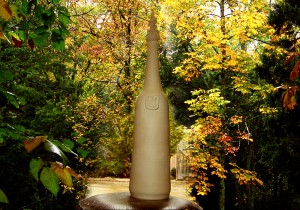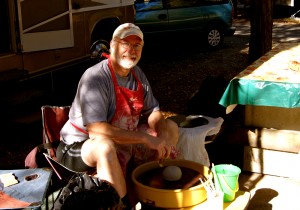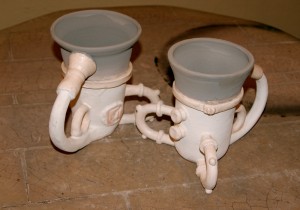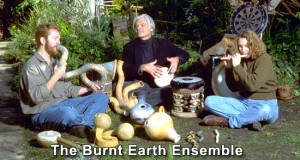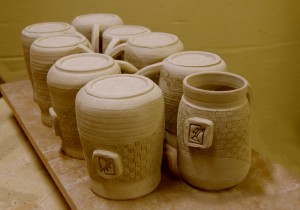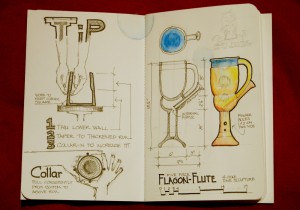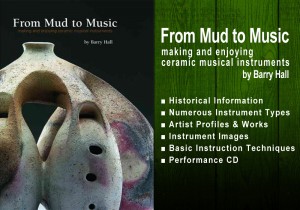 Barry Hall’s book, From Mud to Music, was given to me as a birthday present just about three years ago. After three years, I still refer to the book for information and inspiration. Last year I reviewed the book for Amazon.com and stand by my recommendation and commentary. I am also thinking that there is something more that is worthy of exploration…
Barry Hall’s book, From Mud to Music, was given to me as a birthday present just about three years ago. After three years, I still refer to the book for information and inspiration. Last year I reviewed the book for Amazon.com and stand by my recommendation and commentary. I am also thinking that there is something more that is worthy of exploration…
I would like to believe that there are many others who can describe their personal musical journeys as something that began in elementary school and progressed in some manner as an instrumentalist in high school or college and/or beyond. Living in a home with a musical genius father, I was fortunate to be exposed to all sorts of instruments and the constant repairs and constructions that go into keeping a band/orchestra functioning. I have my doubts that many students appreciate the history of their instruments, much less the skills involved in transforming raw materials into something that allows musicians to play together collectively/harmoniously.
Enter the book, from Mud to Music. Even if it is on a primitive scale, exposing a student to the complete process of taking a lump of clay and transforming it into a playable instrument is something that I believe would be fascinating and self-gratifying. After reading of historical instrument constructions that are thousands of years old, I found it humbling to think that less technical/advanced/pre-industrial revolution artists worked with very similar raw materials to those available today and successfully constructed playable devices…artistic works that actually play, beautifully. Amazing. I have asked myself several times, “What would a semester-long course look like that engages students in a cross-curricula study of ancient ceramic instrument history, clay instrument construction, musical composition, and perhaps musical performance?” With complete respect for Mr. Hall’s book, the working title for my concept/course is From Clay to Concert…part historical research, part clay construction/experimentation, part musical composition, and part performance. I may just be spit valve full, but with the right students this could be an awesome class. If this is ever going to materialize, it is time for Mud to Music inspiration to move from paper to proposal.
